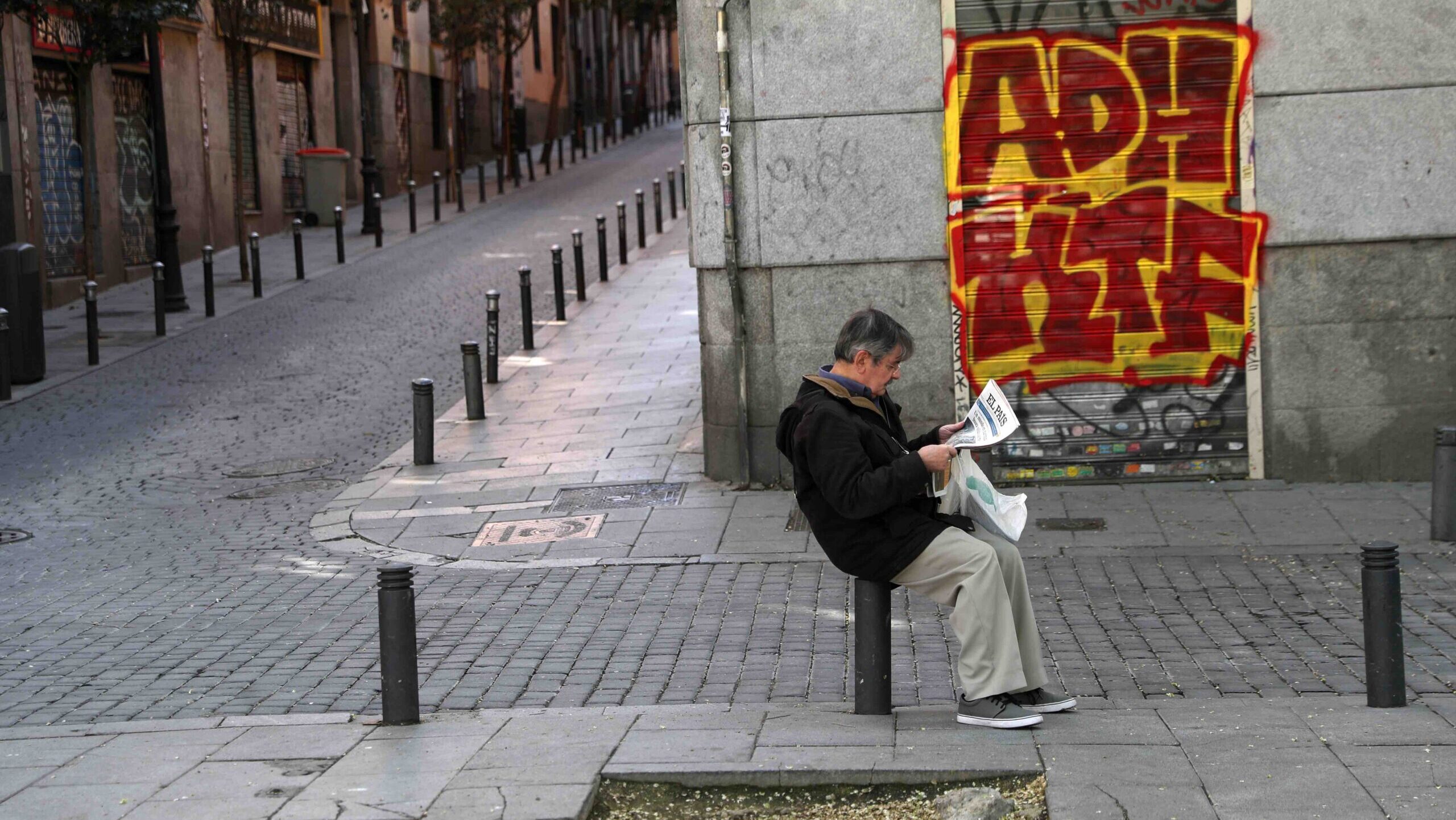Healthy democracies require citizens who are resilient to mis- and disinformation, say experts at MediaSmarts, a Canadian non-profit organization focusing on digital and media literacy programs and resources. Developing these capabilities can be done in the classroom by teaching students how to critically evaluate information they encounter in the media. In the current digital age, this includes social media, online news sites, advertisements, television, etc. MediaSmarts defines the term as “the ability to critically, effectively and responsibly access, use, understand, and engage with media of all kinds.”
While there is no specific subject called “media literacy” in Estonia, its national curriculum integrates key concepts and skills throughout the country's basic and upper secondary schools, including functional reading, critical thinking, recognizing different perspectives, responsible digital creation, self-expression and inquiry, and communication, according to The Education and Youth Authority (Harno).
A 2022 report by The Baltic Centre for Media Excellence claims that media literacy-related competencies are more noticeable in the upper secondary school curricula. The compulsory subject called “‘media and influence' aims to shape critical media users by teaching them to differentiate between quality journalism and entertainment, characteristics of the democratic information society, demagogy and manipulation techniques, media ethics and media criticism, advertising, etc.” Similar elective classes are also available.
In addition, Estonia's national curriculum outlines a series of general competencies that schools must satisfy. Digital competence familiarizes students with the skills and tools they require to safely navigate and interact with the information they encounter online.
…top-ranked countries “have the highest potential to withstand the negative impact of fake news and misinformation due to the quality of education, free media and high trust among people.”
(European Policies Initiative of the Open Society Institute)
Estonia's success in digital media literacy also comes from citizen's trust in digital technologies. From programs like Tiigrihüpe (Tiger Leap) to e-Estonia, investments in creating a digital society have facilitated high institutional trust. Lecturer at the University of Tartu and a former high school media literacy teacher Maria Murumaa-Menge told the BBC that, “We've been re-told [the] story [of e-Estonia] so many times, we're used to that idea. We have to think of all things cyber and digital.”
These efforts have paid off. In 2023, Estonia ranked fourth on the Media Literacy Index. According to the European Policies Initiative of the Open Society Institute (OSI), top-ranked countries “have the highest potential to withstand the negative impact of fake news and misinformation due to the quality of education, free media and high trust among people.”
Canada can take heed of its example. While Canadian school curricula do include media literacy, “the material largely hasn't been updated to reflect how media has changed since the 1990s, said Matthew Johnson, the Director of Education at MediaSmarts, to the National Observer.
To illustrate this point, a recent poll by Statistics Canada states that, “In 2023, 43% of Canadians said it was becoming more difficult than it was three years earlier to distinguish between true and false information.” Furthermore, given that young people are increasingly turning to social media platforms as their primary news source (according to MediaSmarts), it is imperative that “we continue to learn more about how youth encounter, identify, and navigate misinformation and disinformation so we can develop and deliver more effective digital media literacy resources in classrooms and communities across Canada.”
According to a report by MediaSmarts, these issues stem from a lack of a cohesive national digital media strategy. “The jurisdictional separation of education presents [unique] challenges… For example, navigating the roles, responsibilities, and parameters of provincial/territorial and federal governments can interfere with a whole-of-society approach that is ideal for such an exercise.” The same report claims that overcoming these challenges means developing a national strategy that ensures representation from communities and stakeholders, fosters better connections between different jurisdictions, outlines the roles and responsibilities of the tech industry, and includes adequate funding, amongst other criteria.
Of course, Estonia and Canada have economic, political, and cultural differences, making it challenging to implement similar policies. However, Canada should broaden cooperation in digital media literacy with Estonia to effectively inoculate against mis- and disinformation, ensuring that its citizens can safely navigate an increasingly digitized world.
This article was written by Natalie Jenkins as part of the Local Journalism Initiative.




